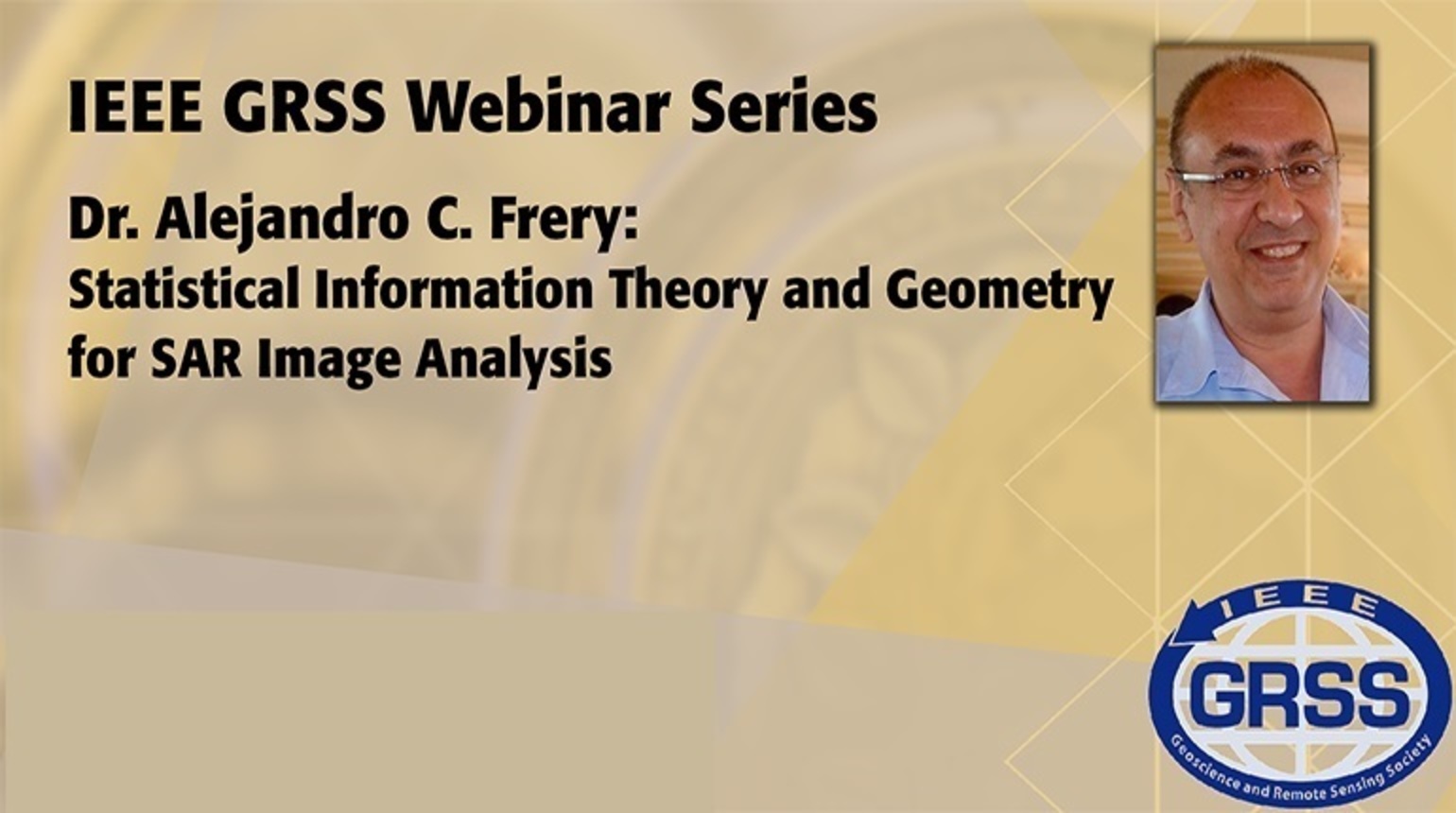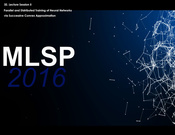
Already purchased this program?
Login to View
This video program is a part of the Premium package:
Statistical Information Theory and Geometry of SAR Image Analysis
- IEEE MemberUS $11.00
- Society MemberUS $0.00
- IEEE Student MemberUS $11.00
- Non-IEEE MemberUS $15.00
Statistical Information Theory and Geometry of SAR Image Analysis
Statistics has a prominent role in SAR - Synthetic Aperture Radar image processing and analysis. More often than not, these data cannot be described by the usual additive Gaussian noise model. Rather than that, a multiplicative signal-dependent model adequately models the observations. After summarizing the main distributions for both the univariate (intensity and amplitude) and multivariate (fully polarimetric) image formats, we present eight seemingly different problems, and how they can be formulated and solved in an unified manner from a statistical viewpoint using Information Theory and Information Geometry. A presentation by Dr. Alejandro C. Frery, from the IEEE Geoscience & Remote Sensing Society (GRSS) lecture series, originally broadcast live on IEEE.tv.
Statistics has a prominent role in SAR - Synthetic Aperture Radar image processing and analysis. More often than not, these data cannot be described by the usual additive Gaussian noise model. Rather than that, a multiplicative signal-dependent model adequately models the observations. After summarizing the main distributions for both the univariate (intensity and amplitude) and multivariate (fully polarimetric) image formats, we present eight seemingly different problems, and how they can be formulated and solved in an unified manner from a statistical viewpoint using Information Theory and Information Geometry. A presentation by Dr. Alejandro C. Frery, from the IEEE Geoscience & Remote Sensing Society (GRSS) lecture series, originally broadcast live on IEEE.tv.
 Cart
Cart Create Account
Create Account Sign In
Sign In

